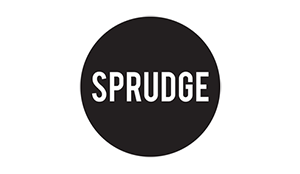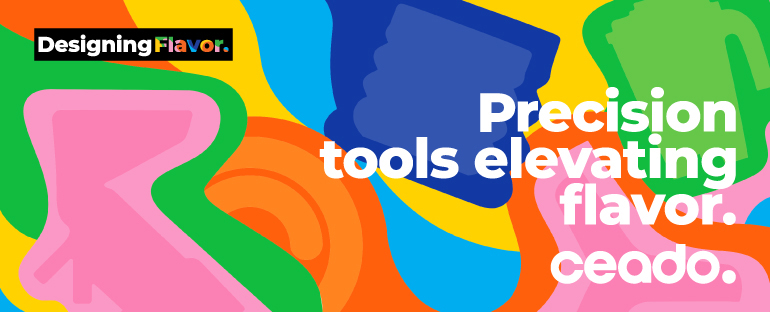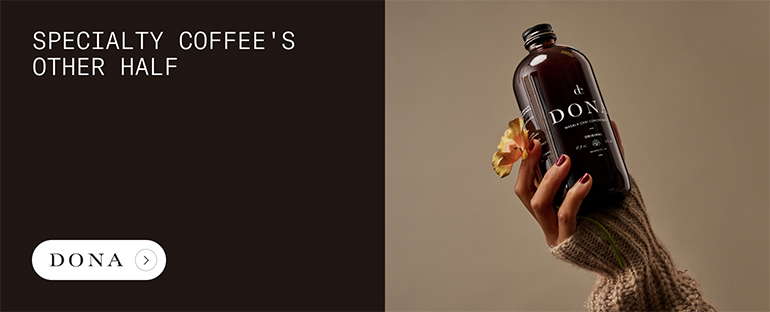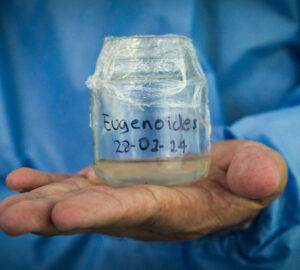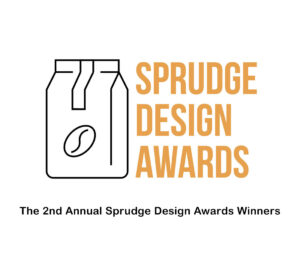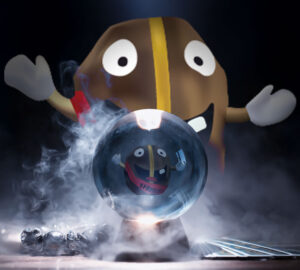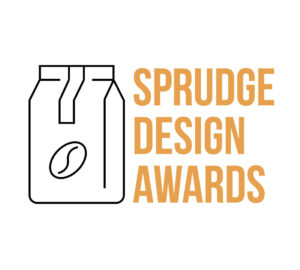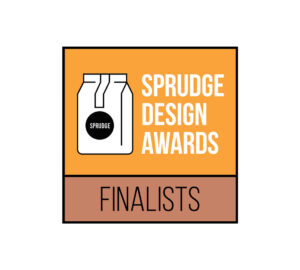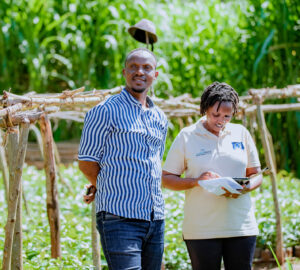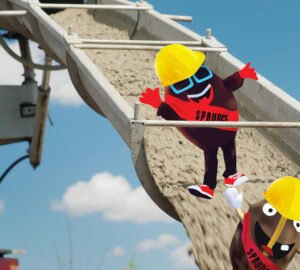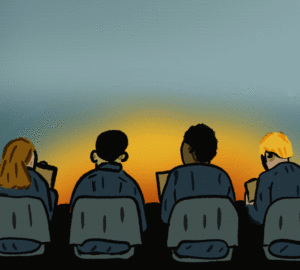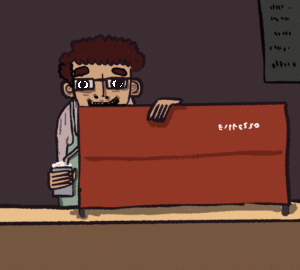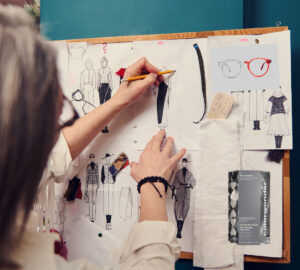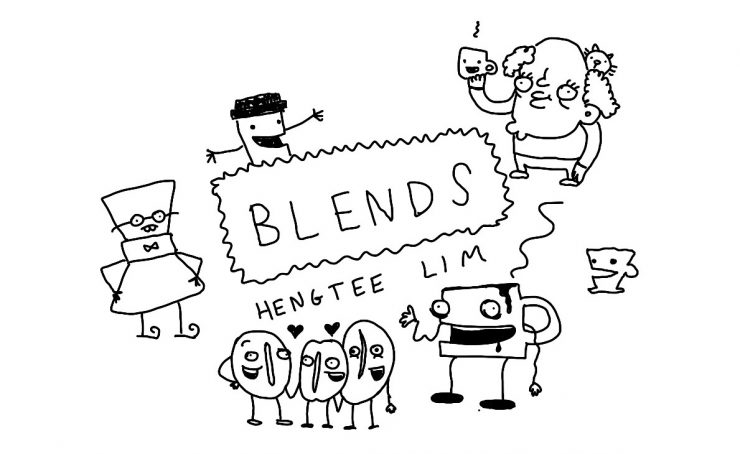
When I think about coffee, I tend not to think about the fruit, or the farm, or the beans or the brewing.
I tend to think about the people who drink it.
About a week ago, I came to work and found a Ziploc bag of coffee beans in the office kitchen. A coworker nudged me, and said, “One of our clients started roasting coffee at home. He gave us a bag. You should try it.”
I took the transparent bag in hand and looked at it. Together with the blackened coffee beans was a single scrap of paper, which read, “Ethiopia/Guatemala blend”. I opened the bag and an aroma wafted out. I pictured a forest after a fire. I thought of charred branches, disintegrating beneath a boot as a light rain began to fall.
It was a special kind of dark.
“Yeah,” I said, “maybe I’ll take some home and brew a cup.”
But I knew that I wouldn’t.
I’d met that client before, actually. He was a nice guy, friendly, and it was easy to picture him brewing in the morning; sitting down at the kitchen table before the rest of the family woke, and sipping of his secret brew. I’m sure he’d enjoy that kind of thing. Clearly, he enjoyed it enough to want to share it.
That seemed like a nice way to start a morning, I thought.
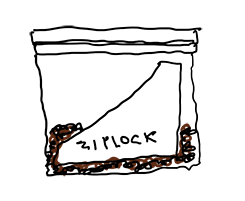
That same night I was at a party, in Omotesando. Lots of designers, tech guys, and artists. There was free beer and champagne, snacks and finger food. A UX guy heard I wrote about coffee. He said, “Tell me, what is the best espresso in Tokyo.”
It was like a challenge: Prove to me you are the Coffee Man.
I demurred. “I don’t really know espresso, man.” But he kept on me. “Come on,” he said. “It’s just espresso. Tell me what is the best.”
I thought about it a moment.
“The other day I had the Glitch espresso,” I said. “I really liked it.”
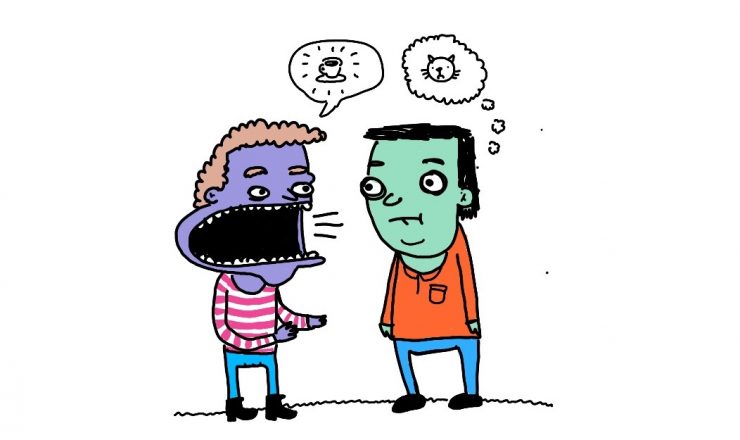
The designer shook his head and smiled. Waggled a finger.
“That’s not espresso,” he said. “Look, I know Kiyokazu-San, the owner, and he’s a good guy, but that’s not espresso. It’s not real espresso. A real espresso is in the blend. Kiyokazu-San doesn’t use blends. Here, let me tell you a thing or two about real espresso…”
But I only half-listened to those things. I remember thinking, ‘This guy really fucking loves blends.’ I also remember him telling me more than two things.
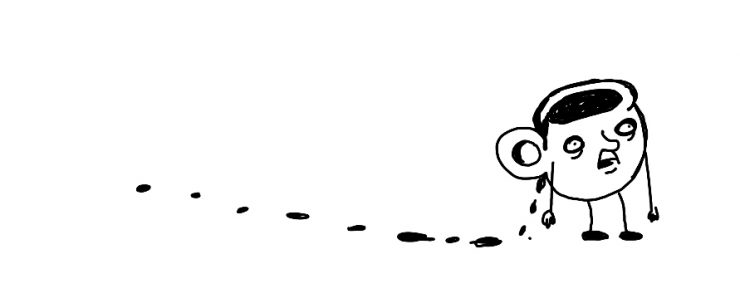
One time, I was speaking with a French roaster at his new cafe opening in Aoyama. I asked him about the coffee scene in France.
“My life’s work,” he said, “is changing the definition of the term ‘French roast.’”
I quite liked that.
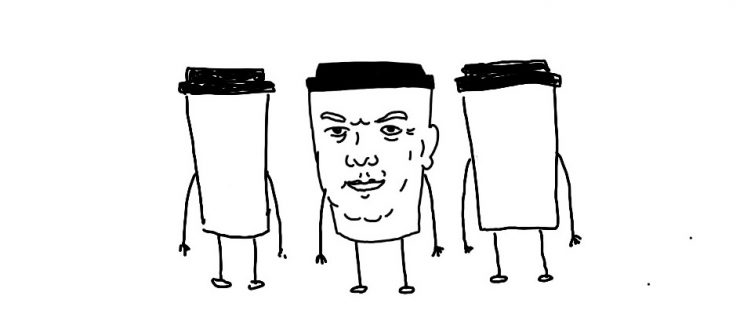
I was once fortunate enough to meet Tim Wendelboe, the Norwegian coffee roaster, farm owner, and barista champion whose very name is like a dog whistle for coffee nerds. We met at the Fuglen roastery, in Shibuya. There were coffee bags in the corner, piled on top of each other, and a vintage Probat. Fuglen’s manager, Kenji Kojima, brewed some coffee while we talked, and summer insects chirped from the long grass outside.
I thought, if there was ever an arthouse coffee movie, this would make a nice scene in it.
I asked Tim what he’d been up to, and he said he went to Bear Pond to try the espresso; the Angel Stain.
In case you didn’t know, the Bear Pond espresso is sometimes spoken of in mythical, hushed tones. It is the essence of craftsmanship, given liquid form. There is freedom in Katsu’s lifestyle; a sense of romance.
“So how was it?” I asked.
Tim shrugged. “It’s interesting for what it is,” he said, “but it’s not my cup of coffee.”
Perhaps he was just being diplomatic. I don’t know. Still, the words stayed with me.
It’s like, the more I learn about coffee, the more I lose touch with ‘best’ and ‘worst’. I guess it’s like art, in that sense. There’s this whole spectrum of different interpretations, and within that there’s the stuff you like, and the stuff you don’t.
And that feels right, you know?
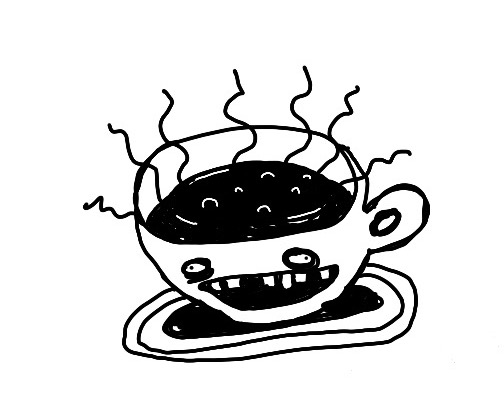
I know some people think the coffee at L’Ambre smells like leather and tastes like the ashes of a fallen temple, but there are guys who go there every morning and sit at the counter with their books and cigarettes because that’s what coffee is for them.
You could sit those old men down with the ‘Espresso-is-in-the-Blend’ guy, and he could talk all day, but I don’t think they’d ever change. I like to think they’d lean back and blow smoke at him instead, and then order another cup of 30-year-old coffee.
This ability to express a part of yourself in a simple, everyday beverage might be my favorite thing about coffee.
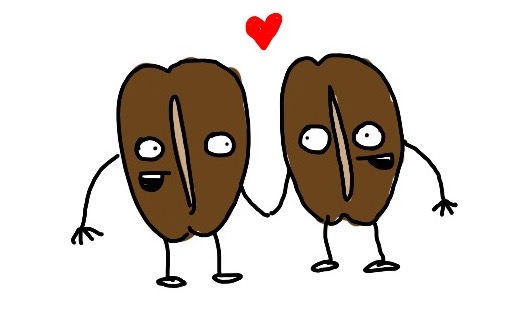
My girlfriend maintains that Turret Coffee, in Tsukiji, is her favorite cup of coffee in Tokyo. And not for the latte art, or the friendly staff, or the literal delivery turret we drank our coffees on, though all of this clearly charmed her.
She simply says it suits her tastes. She likes it best. She doesn’t have words for the flavor. She admits to lacking a vocabulary for coffee; a vocabulary for food and drink.
I brewed her a cup of Light Up Coffee’s Ethiopia, once. She said it tasted, ‘difficult’.
I smiled. I thought her coffee vocabulary was just fine.

Anyway, yesterday in the office kitchen, my coworker nudged me while I poured a glass of water. She said, “So? Did you try his coffee? How was it?”
I didn’t want to say I hadn’t tried it. For whatever reason, it felt rude. People at work think of me as ‘the coffee guy,’ and I’m expected to have an opinion about all of it. If I don’t drink a cup of coffee somewhere, or don’t finish it, the general consensus is that I’m a snob.
I thought for a moment. Shrugged.
“It’s interesting for what it is,” I said, “but it’s not my cup of coffee.”
I might not have drunk that coffee, but the words still felt absolutely true.
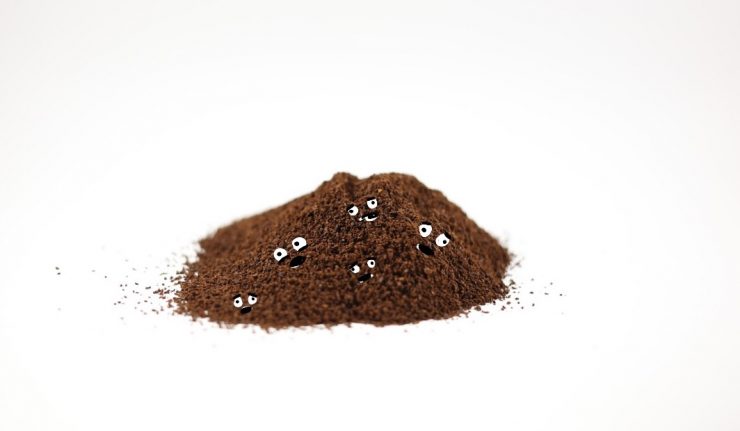
So I guess the reason I think about people when I think about coffee is that the variety of coffee around the world is a reflection of the variety of people in it. That variety is a good thing. A fascinating thing. Perhaps sometimes a confounding thing.
But it means that for each and every one of us, there is a cup of coffee we can call our own.
And I quite like that.
Hengtee Lim is a Sprudge staff writer based in Tokyo. Read more Hengtee Lim on Sprudge.
